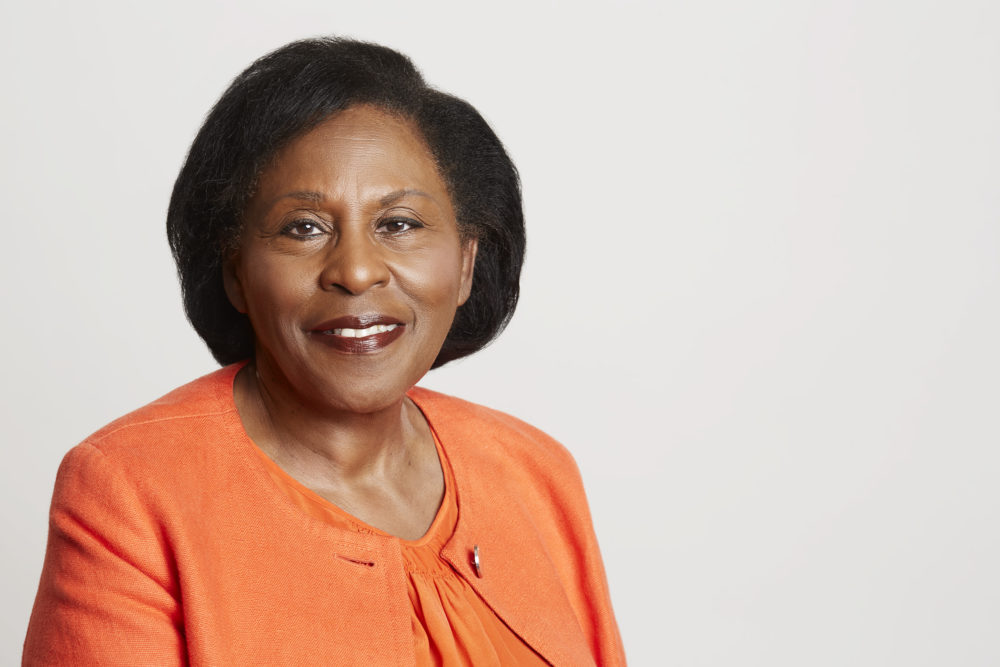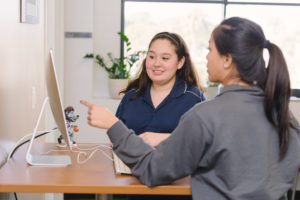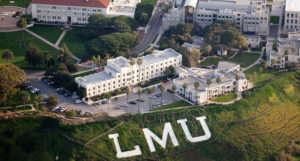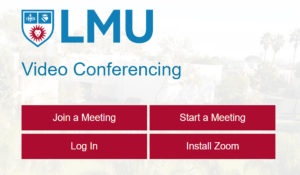Cabinet Corner is a periodic feature of LMU This Week where the university’s executive leaders share their perspectives with the community. The President’s Cabinet will provide updates on initiatives, policies, events, challenges, and areas of interest.
Abbie Robinson-Armstrong, vice president for intercultural affairs, writes: Though we still have a ways to go, we have come far at LMU in terms of diversity, inclusion and leadership. It has always been a team effort, and sometimes people were slow to join the team, but in the final analysis the organizational climate at LMU has improved because everyone has bought into the final value of our efforts.
When I arrived at LMU in 2001, the student population was fairly diverse, but there was no attempt to create an inclusive environment. Students learned from faculty and staff, but they were lacking opportunities to learn from each other. This peer-to-peer interaction is an important aspect of the university experience. More recently, LMU has taken the initiative to create structures and provide opportunities for students to learn from each other. ASLMU was restructured to add a vice president for intercultural affairs and plan opportunities for students to learn from each other.
Another important aspect of diversity relates to the faculty. When I was hired, Father Bob Lawton told me I was to take up the challenge of diversifying the faculty. At that time, there was a low percentage of women on the faculty and an even lower percentage of underrepresented people. When I asked to see the guidelines for hiring faculty, I was told there were none. So, Father Robert Caro and I spent a year researching and writing guidelines for hiring a diverse faculty. We revised it after some very useful feedback from the faculty and the guidelines promoted consistency in hiring. I have to say we did get pushback from some faculty. They didn’t understand the value of diversity in the professoriate, and they viewed the guidelines as something they would need to devote time and energy to. Over time, the faculty has become more diverse. Now we’re hiring as many women as men and a large percentage of underrepresented faculty. This puts LMU in a better position to help all students. Research tells us that white students are the greater beneficiaries of a diverse faculty; they are often being exposed to types of people they haven’t met in their lives. Their learning curve goes way up.
This whole process taught me an important lesson: persistence is necessary. During the building years, faculty and staff members grew in their understanding of the value of diversity and its impact on excellence all across the university. They gave our initiatives a broad level of support.
This all relates to the organizational climate at the institution. President Dave Burcham supported the climate studies I initiated in the mid-2000s. Those surveys found there was much isolation and the feeling of ostracization among faculty and staff members. It was eye-opening to many leaders on campus, but the data speaks for itself and people are more apt to pay attention when they see it put that way. Deans, chairs and directors learned the value of knowing and managing the climate in their areas so that everyone could thrive. Today, far fewer faculty leave because of organization climate-created issues.
We are also engaged in a comprehensive implicit-bias initiative that will benefit each of us as individuals, and as an institution, as a whole.
The last topic I want to touch on is the leadership programs we have instituted. In the past, the university’s administration was not as transparent as it could have been; the decision-making process was not clear to the whole community, and the results were not often explained. As examples, the Strategic Plan wasn’t very well known around the campus, there was little concept of the roles of the Board of Trustees or the Board of Regents, and the method of financing and budgeting for the many departments in a university were a mystery. That lack of knowledge created problems and confusion about the culture of higher education and how it works. With the support of the President’s Cabinet and other leaders on campus, I was able to establish the leadership programs. More than 300 have completed the programs. As a result, the culture has gone from A to Z in terms of understanding the nature of the institution and higher education.
People often say “Abbie, you made a significant impact on LMU during your tenure here,” but what they are really saying is any inclusive-excellence related, transformational changes spearheaded by my office were only successful because of the cadre of colleagues and friends at LMU who supported and championed my work at LMU. As I said, we have some work to do and things can always be better, but we can be proud of the awareness we have raised as a university; be encouraged by the actions we have taken to rectify situations; and be hopeful that this self-awareness will carry us into a future that allows all of us – students, faculty, staff and administrators – to become the best versions of ourselves.




